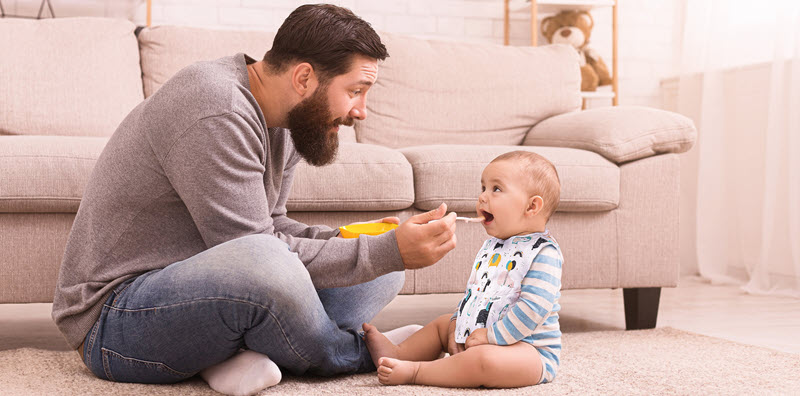
What Is So Special About Our PUL Fabric?
Mike Maton2021-04-10T17:09:46+00:00One of the key functions that bibs for eating and feeding should have is being waterproof. That is needed to ensure baby’s clothes keep clean and dry, but also to avoid irritating baby’s sensitive skin. There are some materials, which are waterproof (like silicone, PVC, also known as vinyl), but there are also waterproof fabrics. Waterproof fabrics are natural or synthetic fabrics that are coated with waterproofing material such as polyvinyl chloride (PVC), polyurethane (PU), rubber or silicone elastomer.
When waterproof fabric is made with polyurethane (PU), it is called polyurethane fabric. Polyurethane fabric can be made of cotton, polyester or nylon that is laminated or coated with polyurethane. It is called Polyurethane Laminate (PUL) when polyester fabric is laminated with a thin film of polyurethane. This type of fabric is often used for items where there is a need to create a barrier for wetness, such as cloth diapers, bibs, outerwear clothing, etc. Polyester is laminated without the use of chemical solvents, but thermally bonded with heat and pressure. The resulting PUL is softer, more pliable, and more green, making it PVC free, vinyl free, phthalate free and lead free.
Baby bibs made from PUL are ideal for easy cleaning since you can just wipe or wash the bib with running water, or in a washing machine at low temperature. They dry in 15 min, so they are always ready for baby’s next meal. Some mom s and babies love their comfort, light weight and easiness of cleaning & putting them on/off compared to other types of materials. They also come in variety of cute colors, patterns and prints and long sleeve bibs provide that extra coverage for the arms and body.
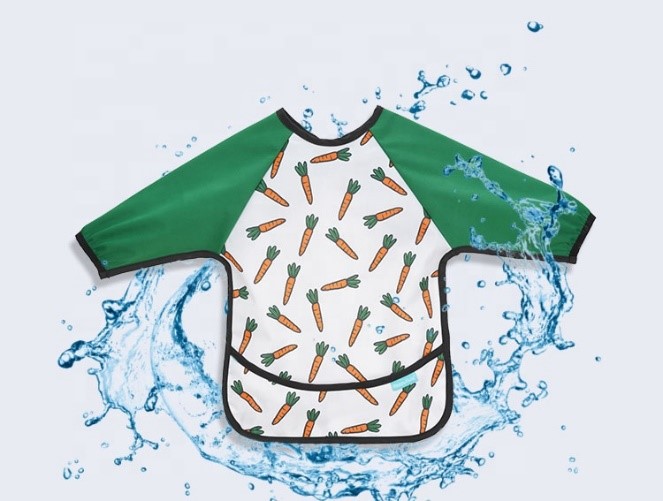
How does it compare to other materials that are used for baby bibs?
Silicone is a good material for baby bib because it doesn’t absorb water and you can just wipe or wash the bib clean with soap and water. Silicone is also kind of like a rubber, it is flexible, not rigid like plastics and is very durable. Compared to bibs made of PUL, it is much heavier and bulkier though and can get in a way of the baby. Baby bibs made of PUL fabric have the same qualities as the bibs made of silicone – waterproof, easy to clean, durable, pocket to catc h food, but PUL bibs are much lighter, take up less space, come in more cute prints and have the option for long sleeve bibs as well, that provide extra coverage for arms and torso.
100% organic cotton baby bibs are soft, light and easy to put on. Conventional cotton is treated with so much pesticides, insecticides, herbicides, fungicides, Irradiation and Genetically Modified Organisms and therefore products from organic cotton are more environmentally friendly. However, cotton fabric, including organic cotton, is treated with many other toxic chemicals such as formaldehyde, nonylphenol ethoxylates (NPEs), phthalates, chlorine, etc. at the finishing process. The residues from these chemicals will remain on the fabric and they can irritate the skin or off-gas toxins. Only if organic cotton is Global Organic Textile Standard (GOTS) certified, it is not treated with toxic finishes and dyes. 100% organic cotton that is GOTS certified can reduce baby’s exposure to these harmful chemicals. However, organic cotton bibs are not waterproof so cleaning a bib after meal is not easy. Also the stains might be hard to come out in the wash. You would have to hand-wash or machine wash the bib so it takes more effort to clean and also you would need to have a pile of those bibs to make sure your baby has a clean bib for every mealtime.
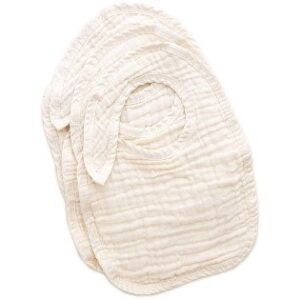
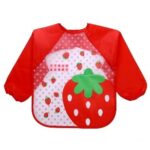
Baby bibs that are made of PVC (Polyvinyl chloride, also known as vinyl) will have lead in it. Using polyvinyl chloride (PVC) for waterproofing is known to be toxic, because it still emits toxic chemicals into the air and baby will inhale those toxins. Baby will also absorb toxic chemicals if her skin is in contact with PVC or vinyl materials and therefore should be avoided.
Ethylene Vinyl Acetate (EVA) and Polyethylene Vinyl Acetate (PEVA) don’t have chlorine added which is known to generate dioxins. Therefore, EVA and PEVA has been used as a green alternative to PVC due to the absence of chlorine. However, there are some studies that have argued that that although Ethylene Vinyl Acetate (EVA) and Polythylene Vinyl Acetate (PEVA) are less harmful than pvc, they still contain other harmful toxins (read When Vinyl is Not PVC and Volatile Organic Compounds of Polyethylene Vinyl Acetate Plastic Are Toxic To Living Organisms)
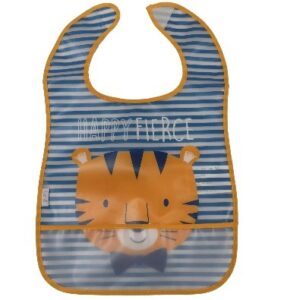
In summary, baby bibs made of PUL fabric combine the qualities of Cotton bibs (soft, light and breathable) with those of silicone bibs (waterproof, stain and odor resistant, durable, easy to clean). PUL bibs are very durable and have an adjustable neck closure, therefore can last until the baby has mastered the art of eating. The only time the laminate can get damaged and lose the waterproof functionality, is when the lamination gets damaged. It is still quite rare to happen, most often it has happened when some very abrasive material has come in contact with the bib (for example a garment with zip in the same wash with the bibs).
Variety of Tickleton PUL bibs are available at Amazon www.amazon.com/tickleton. We have bibs for baby girls and boys, as well as unisex bibs, we also have both sleeveless and long sleeve bibs. Visit our store now to choose your favorite design!
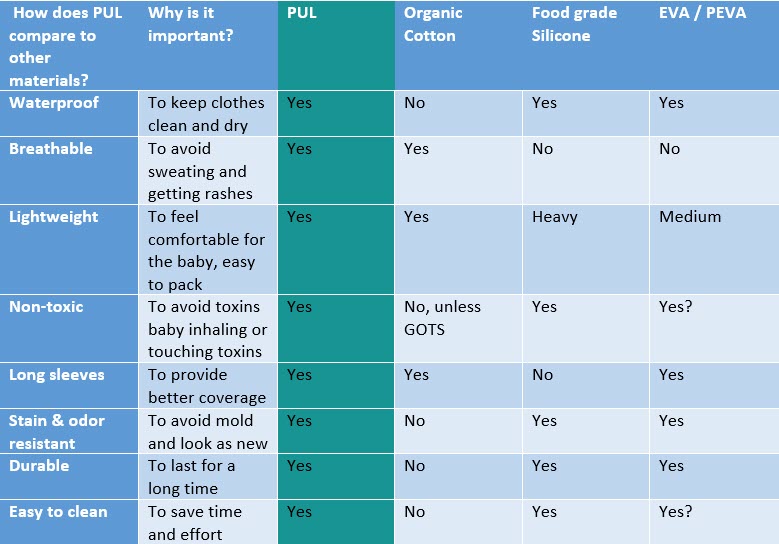



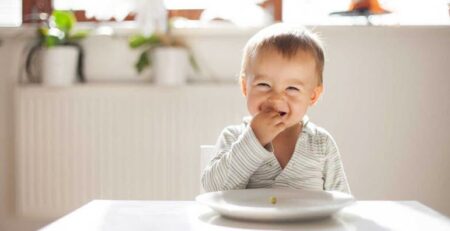
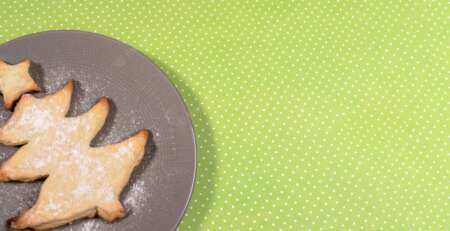
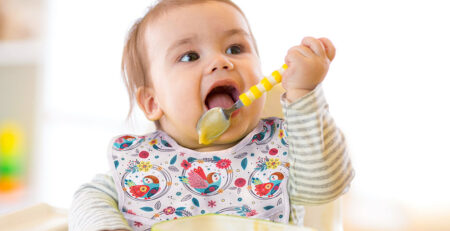
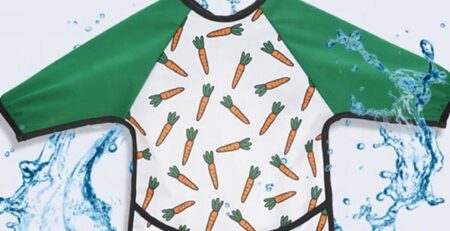
Leave a Reply